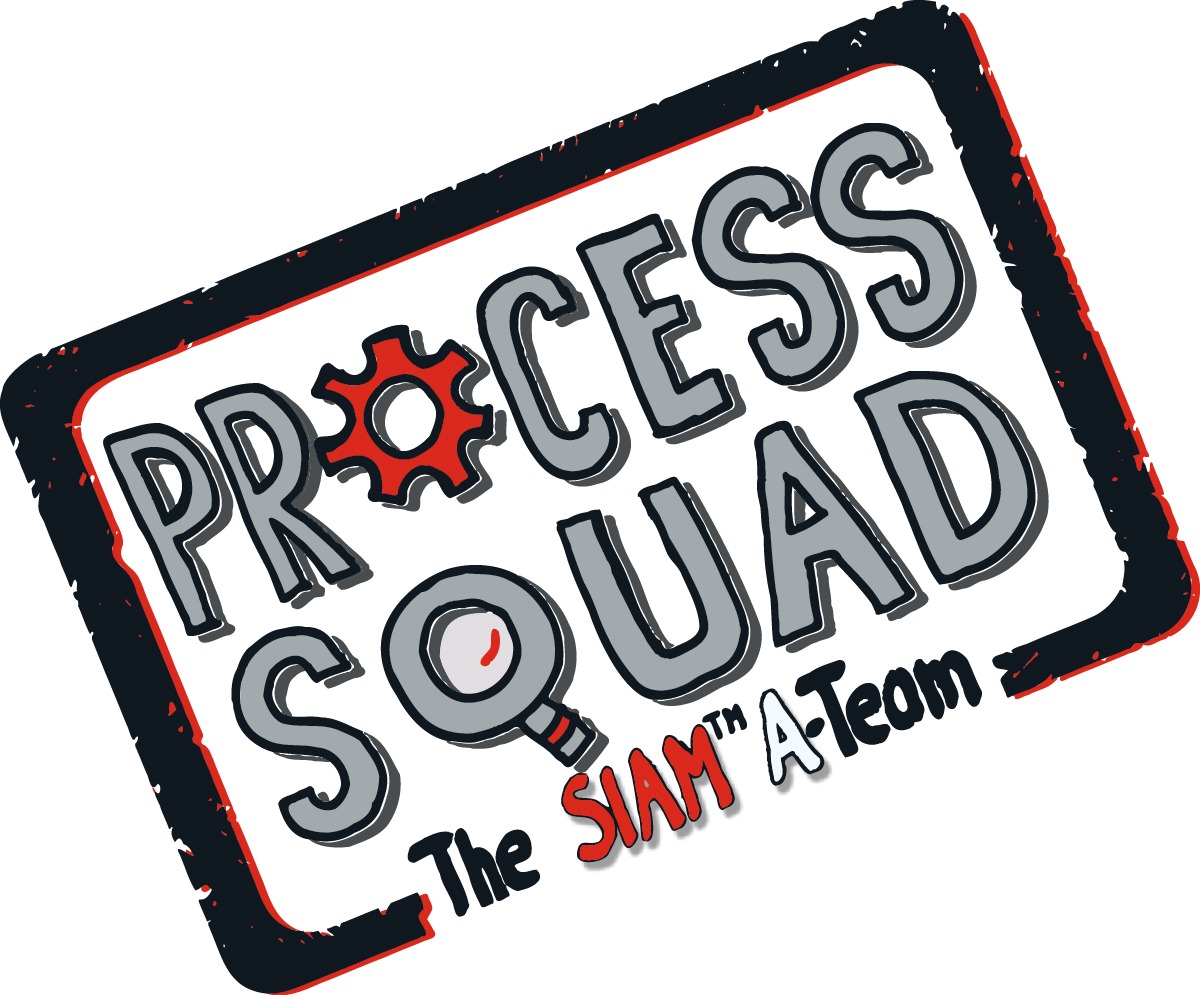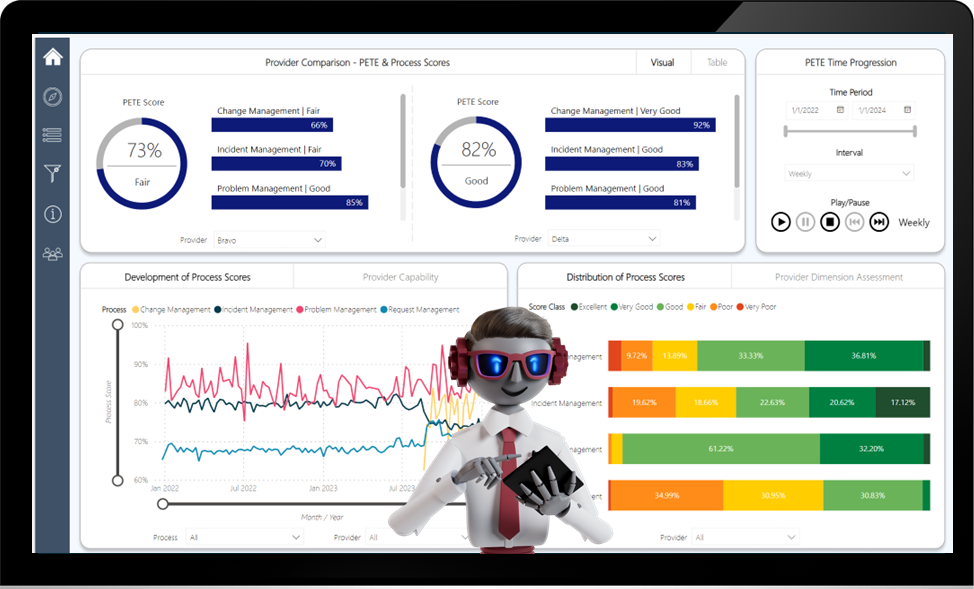
In today’s digital landscape, effective internal communication is paramount for organizational success. Internal communication portals serve as the cornerstone, offering a central hub for disseminating vital information efficiently. One tool that has stood the test of time in this regard is SharePoint, a powerful platform that can revolutionize how your organization communicates and collaborates both internally and externally.
I’ve had the privilege of assisting numerous clients in optimizing their SharePoint sites, particularly when it comes to refreshing existing ones.
Drawing from my experience, here are essential factors to consider when incorporating SharePoint into your communication strategy:
- Customer-Centric Design🎯: Before diving into your requirements, take a moment to understand your audience. A user-centric approach enhances satisfaction and ensures that your SharePoint site caters to the needs and expectations of both content creators and consumers. Knowing your users is the foundation of success.
- Clarify Purpose and Goals📝: Articulate the purpose and goals of your SharePoint site clearly. This clarity will guide your design decisions and help you select the right features to achieve your objectives effectively.
- Collaborative Design🤝: Collaborative design processes can yield more effective outcomes. Don’t underestimate the time it takes to align multiple stakeholders and contributors on the site’s requirements. Prepare with examples, explore Microsoft’s SharePoint look book (microsoft.com) for design inspiration, and utilize sandbox environments for experimentation.
- Engage Key Stakeholders Early👥: Identifying and involving all invested parties from the outset prevents the need for revisions later on. Ensuring everyone’s views are incorporated from the beginning streamlines the process.
- Effective Layout and Navigation🔍: Simplicity is key. A user-friendly layout with intuitive navigation enhances engagement. Start with essential information, keep it concise, and complement it with visuals for clarity. Prioritize readability and clear categorization.
- Ownership and Content Updates📅: Assign content owners responsible for regular updates. Content should be viewed as dynamic and evolving. Regular updates are crucial for maintaining the site’s relevance and value to users.
- Content Audit📊: Categorize and evaluate existing content to establish effective organization categories. This ensures that information is easily accessible and well-structured.
- Permissions and Access Control🔐: Take the time to set proper permissions and access controls. Create a user-friendly structure that maintains content security while allowing easy access for authorized users.
- Documentation and Training📚: Provide training materials to content owners to empower them to engage effectively with SharePoint. Short videos often resonate better than traditional documentation, facilitating user proficiency.
By adhering to these key considerations, you can ensure that your SharePoint site is not only efficient and user-friendly but also aligned with your organization’s goals. The result will be improved internal and external communication, streamlined processes, and enhanced overall organizational efficiency.
Embracing SharePoint as a central hub for internal communication can significantly benefit your organization. Remember that successful implementation is contingent on understanding your audience, setting clear goals, and fostering collaboration among stakeholders. Prioritizing simplicity, content updates, and proper documentation will transform your SharePoint site into a powerful tool for facilitating communication and collaboration in the digital age.




